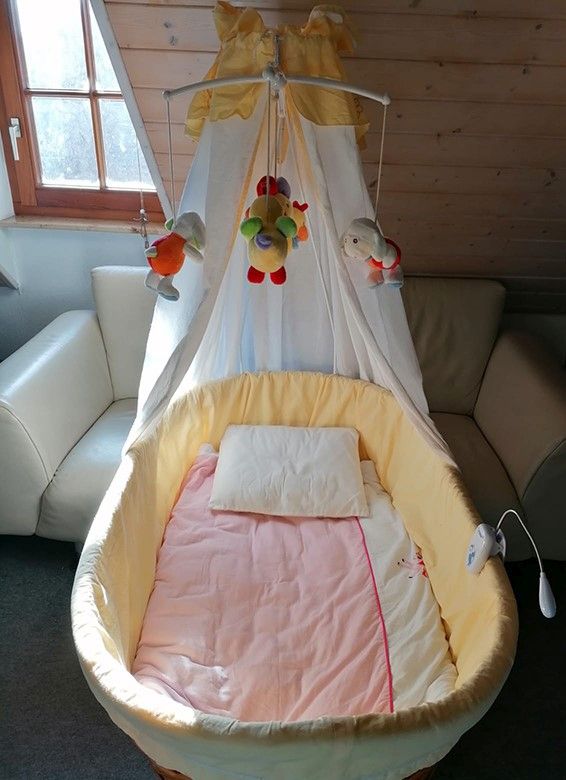By Youssef Kanjou
In the Stone Age, humans inhabited caves and discovered fire. They used it to generate heat that helped them reduce the cold during the winter. Many thousands of years later, humans were able to abandon the caves and build the first villages near rivers. They were now able to build houses that protected them from high or low temperatures and thus adapted to the natural conditions. Examples of this were found during archaeological excavations in the northwest of Syria in Tel Al-Qaramel, where the archaeologists uncovered various fireplaces and rooms with walls. They were built using construction techniques such as mixing stone or wood together with clay. At that time, pebbles were also placed in the fire and the hot stones were then placed in water to heat it.
Universal warming created a need for more sophisticated houses that could mitigate the effects of the increase in heat. The people of Mesopotamia discovered that in this case, buildings made of mud could help. A simple technique with walls of mud and a ceiling of wood with clay is ideal for thermal isolation: it keeps you warm in winter and cool in summer. It was very suitable for the moderate temperatures that prevailed in the Middle East. The first example of this were the beehive-shaped houses called Tholos.
In the second millennium B.C., we can see that the walls of palaces and temples were made of clay up to three meters thick, while the ordinary houses were built with double walls up to 80 cm thick. The walls are interspersed with a series of windows that allow the passage of air. This is an adaptation to nature. The design of the houses takes into account the heat of the sun by having a central courtyard and by being surrounded by rooms and corridors. Inside, the walls are painted with white plaster.
There were several ways to cool drinking water. For example, by using underground tanks where rainwater was collected to keep the water cool during the summer. They used special ceramic vessels to cool the contents. These vessels have small holes through which drops of water reach the outside surface and cool everything by evaporative cooling.
It is very interesting to note that these techniques continued until the middle of the 20th century and are still used in some areas, especially in rural areas far from the city where there is no electricity.
tun062305
Foto: New mud bricks used for the restoration of the temple in the ancient city of Emar. (Photo: Youssef Kanjou). Youssef Kanjou, 23.07.2020



